 She can't resist a man in a tuxedo. 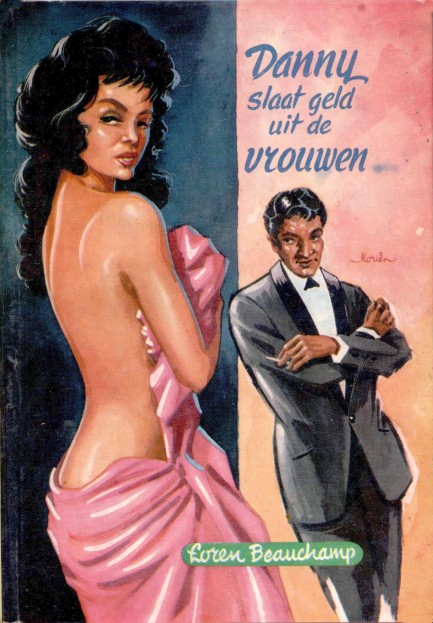
Above is another cover from J.H. Moriën for Amsterdam based publishers Uitgeverij Orion, this time fronting Danny slaat geld uit de vrouwen by Loren Beauchamp, aka Robert Silverberg. We're pretty sure this is a translation of his 1959 novel Another Love, Another Night. The title in Dutch means, “Danny beats women out of money,” which we assume refers to a beating of the grifter variety rather than anything physical. Moriën's art, with its beautiful color palette and sheet-wrapped femme fatale, is sublime. Click his keywords below to see more.
 Twentieth Century Fox chooses goofs over thrills for Blaise adaptation. 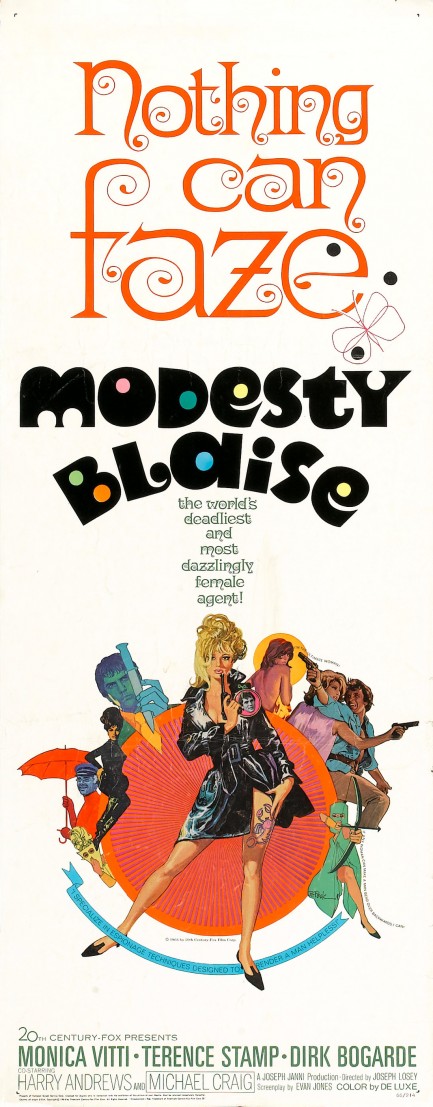
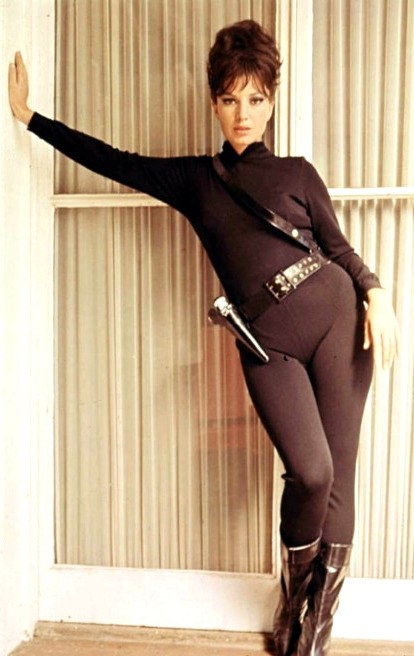 After writing about the first four Modesty Blaise novels over the last few years we figured it was time to talk about Twentieth Century Fox's cinematic pass at character. You see a brilliant poster for the movie adaptation above by Bob Peak, who seems to be reminding people that Robert McGinnis wasn't the only painter capable of working in this style. Two more versions of the poster appear below, and you can another example of his work here. After writing about the first four Modesty Blaise novels over the last few years we figured it was time to talk about Twentieth Century Fox's cinematic pass at character. You see a brilliant poster for the movie adaptation above by Bob Peak, who seems to be reminding people that Robert McGinnis wasn't the only painter capable of working in this style. Two more versions of the poster appear below, and you can another example of his work here.
We'd heard for years that Modesty Blaise is a terrible movie, but it isn't—lightweight might be a better description. It's based on the debut novel, and while author Peter O'Donnell plays it straight apart from the affable relationship between Blaise and her partner Willie Garvin, here in the movie Blaise has a space age apartment, a sentient computer, a huge lobster tattoo on her thigh, an adoptive father, and a referential theme song. The villain, meanwhile, drinks goldfish water, wears a chauffeur's cap, and uses a Japanese pai pai fan. At a couple of points Blaise and Garvin burst into song together. All these touches must have baffled fans of the book, and indeed the additions are pointless in our opinion, but that's cinema. Filmmakers are not transcribers—they're translators, and if you know anything about translation you know it's not done literally.
The main question is whether star Monica Vitti does the legendary main character justice. It was a lot to ask, after Modesty became popular thanks to three years of popular daily comic strips followed by a well received novel. We think she manages fine with the material she's given, but there's the rub. While the screenplay follows the basic thread of the novel, the flow is clunky and the dialogue is cluttered with non-sequitur asides and attempts to be cute that make Vitti resemble Emma Peel from The Avengers rather than the lethal woman O'Donnell created. In terms of the actual story, Modesty is tasked with stopping a master criminal from stealing a cache of diamonds meant for her father (we know, we know—she's an orphan in the books, and it defines her character). She's had dealings with this quirky crook before and would like to settle matters between them permanently. That means traveling from London to Amsterdam to his rocky stronghold on Sicily for a final showdown—in good pumps and a diaphanous haute couture a-line dress.
The action, which is central to the books and written with deadly seriousness, is mostly played for laughs. We mean even to the extent of villains crashing into each other to the accompaniment of circus music. We think this is probably the movie's only unforgivable sin. O'Donnell took pride in his action sequences, underpinning them with ingenious forethought by Blaise and Garvin and violent precision in execution. All the humor and cuteness would have been fine if the movie had thrilled where it most needed to, but no such luck. So in the end what you get is a cutesy spy caper of a type that was all too commonplace during the 1960s, but even goofier than most. We think the movie should have been something fresh and surprising, and in ways that go beyond its glossy high fashion aesthetic. Unfortunately, the final result is no better than watchable, though it becomes progressively more enjoyable the more booze that's ingested. Hit the liquor store before screening it and you'll find out for yourself. Modesty Blaise premiered in London today in 1966.
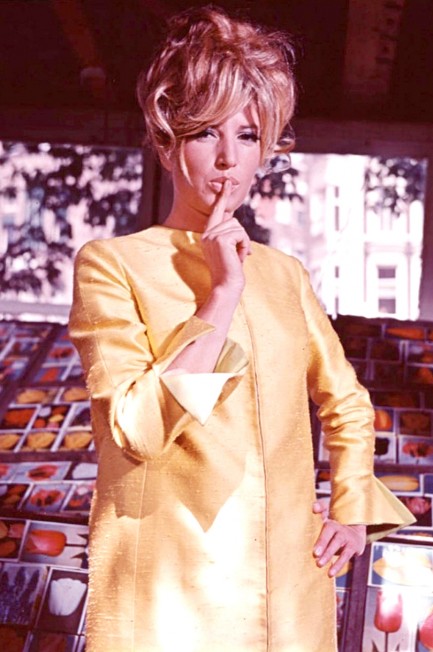  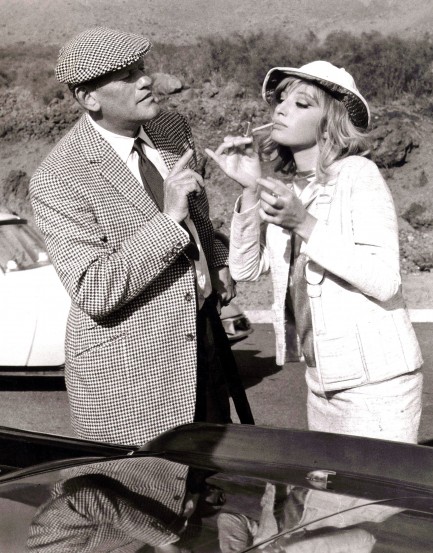 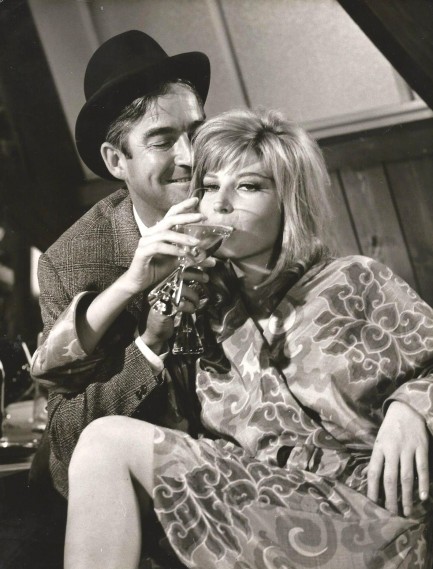  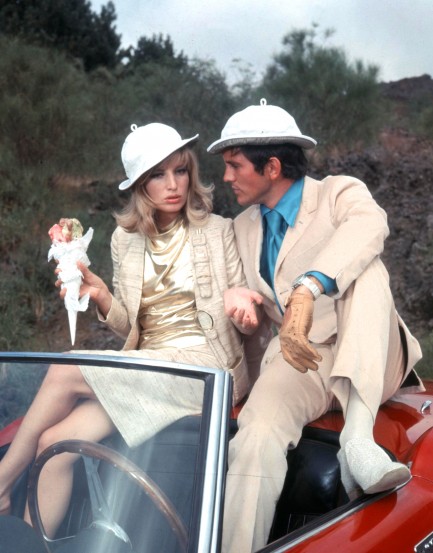 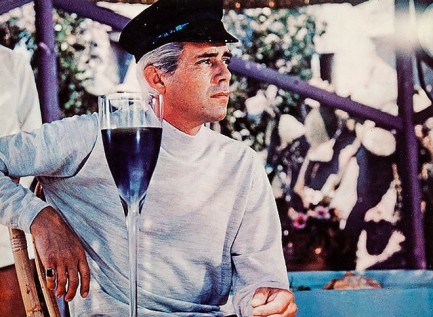 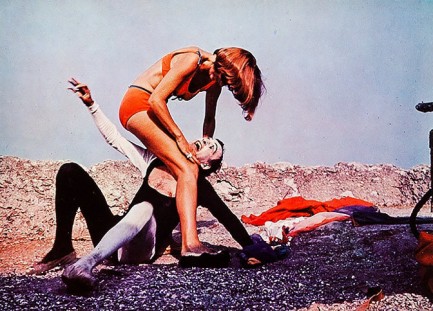 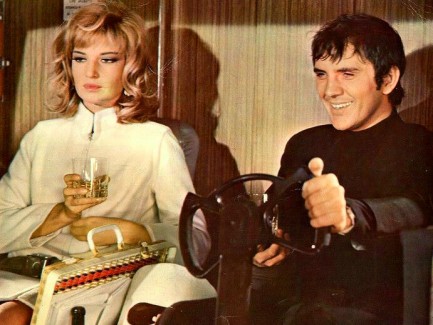 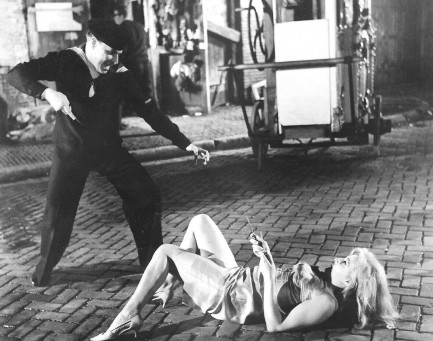 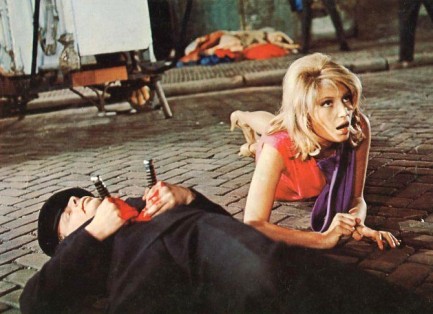 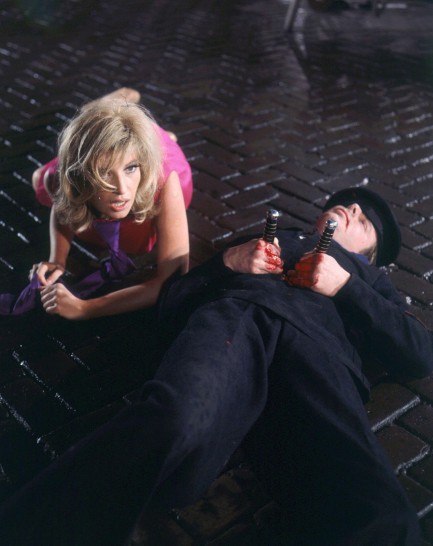     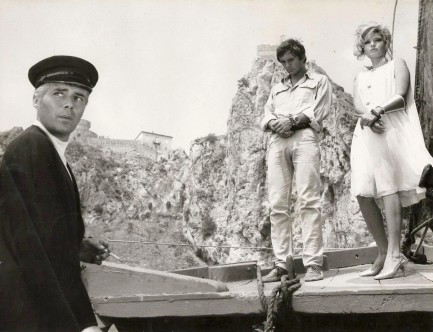 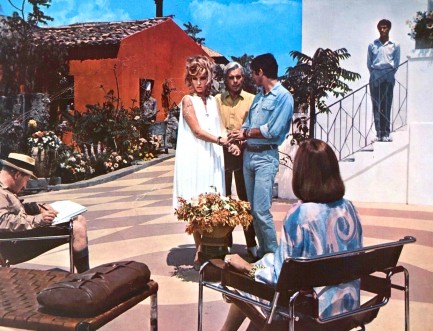 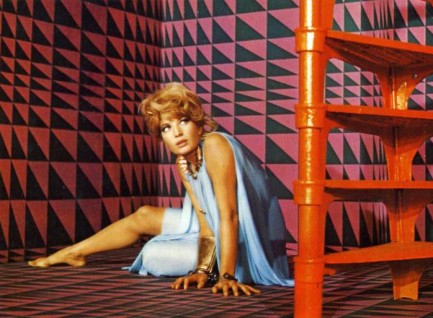 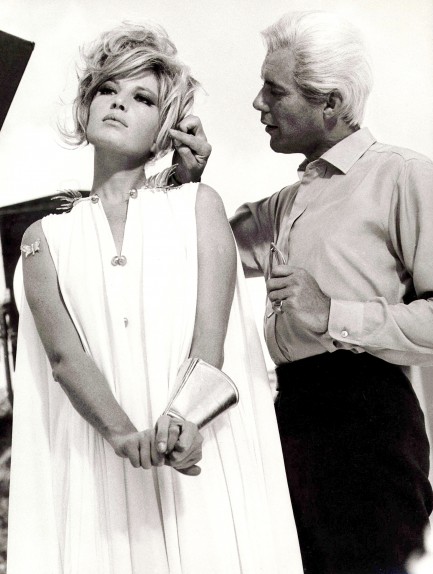 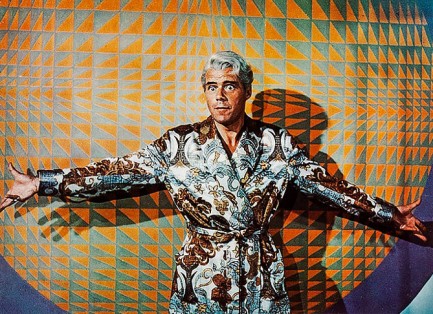 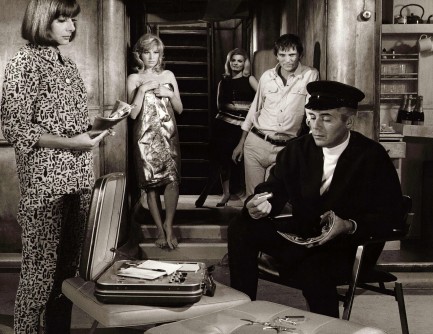 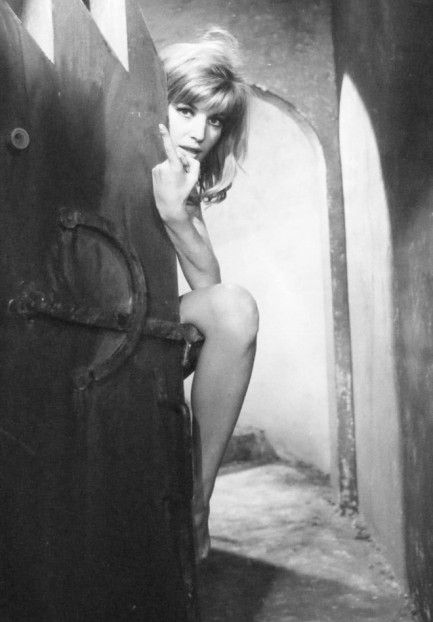 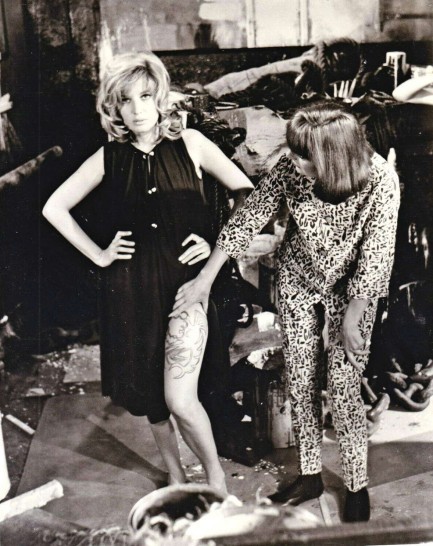 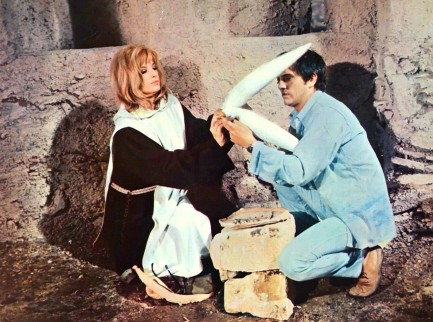 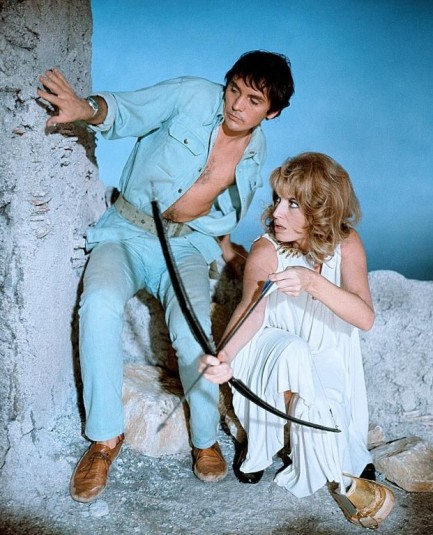 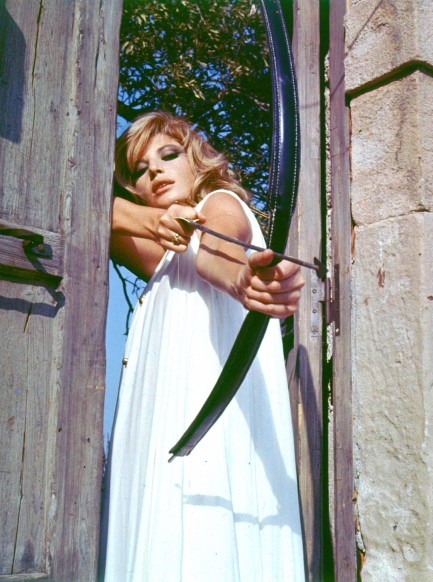  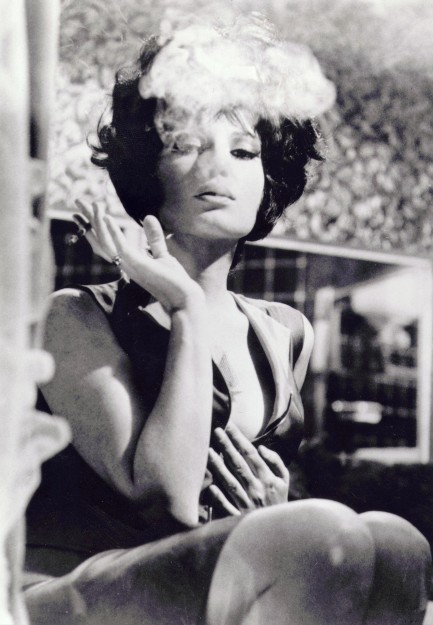 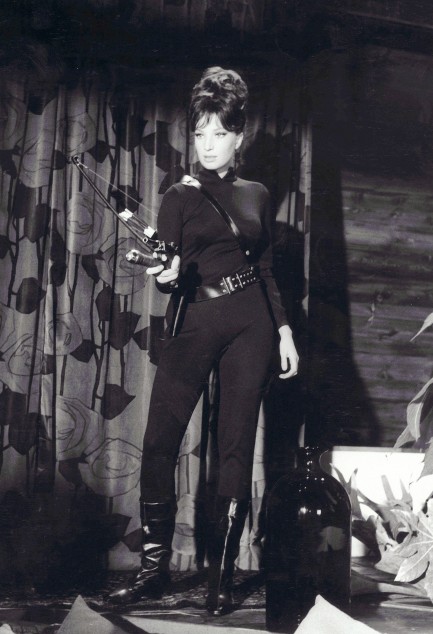 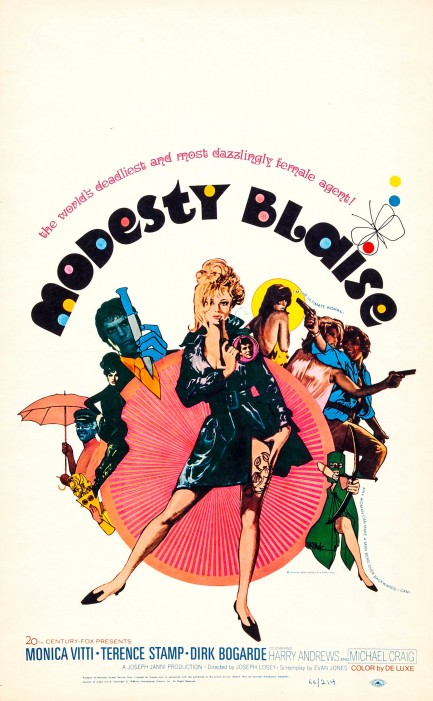 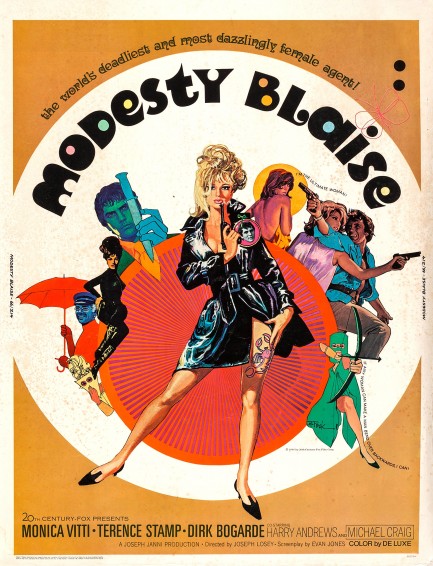 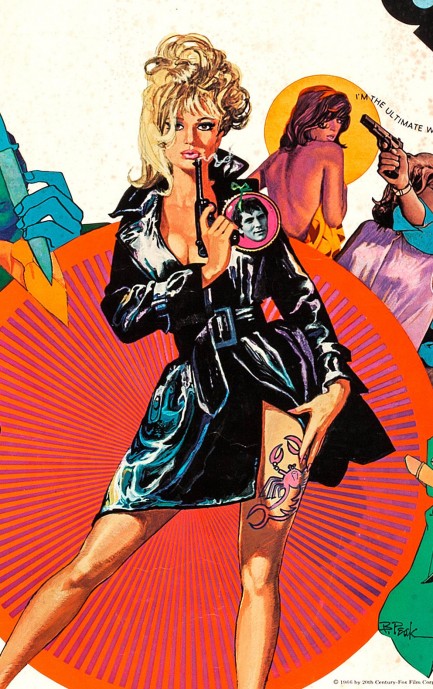
 Hallo everyone! I am from Holland, I am waanzinnig for seks, and I am told I can find very trashy people here. 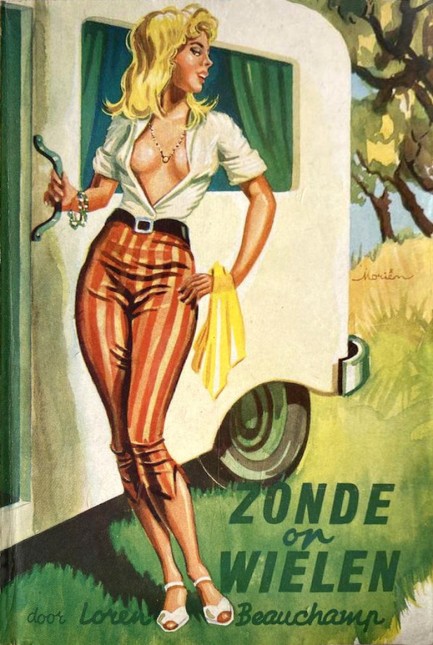 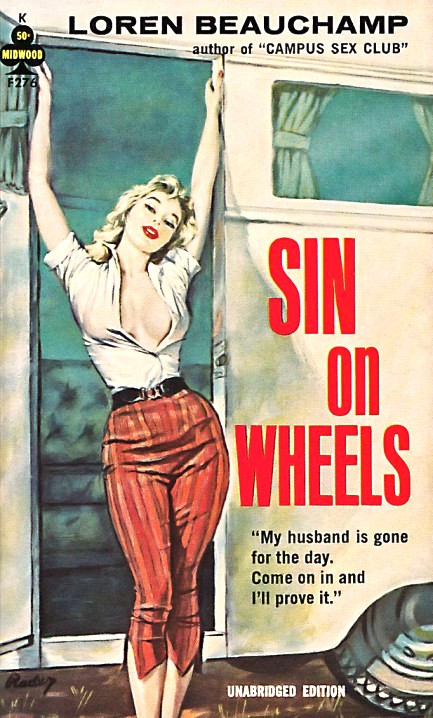
Above you see a cool little treat—a colorful cover for Zonde op wielen from Amsterdam based publisher Uitgeverij Orion. It's a Dutch translation of the 1962 Midwood Books sleaze novel Sin on Wheels (larger image for laptop and desktop users here), written by Loren Beauchamp, who was in reality sci-fi legend Robert Silverberg. The art is a translation too, sort of. It's a new angle on Paul Rader's painting for the Midwood original—and as you can see, it features the same character in the same groovy outfit standing in front of the same trailer, but painted from a different angle. It's the first time we've seen this—an artist painting what another artist painted, but changing the viewpoint. We think the Uitgeverij cover is even better than Rader's. We know—sacrilege, but we really like it. Or maybe we're responding to the impact of its novelty. Let's just say they're both excellent efforts.
The brush responsible for the Uitgeverij art belonged to Dutch illustrator J.H. Moriën, whose distinctive signature you see at the righthand edge. He was born in 1897 and was active during the 1920s and ’30s, then after a mid-life hiatus began producing a lot of art again during the ’50s and ’60s. Maybe he wanted an RV of his own in retirement, but realized he didn't have enough cash. We found other pieces by him, so maybe we'll get back to him later. Though this one will be very hard to top.
 The more things change the more they stay the same. 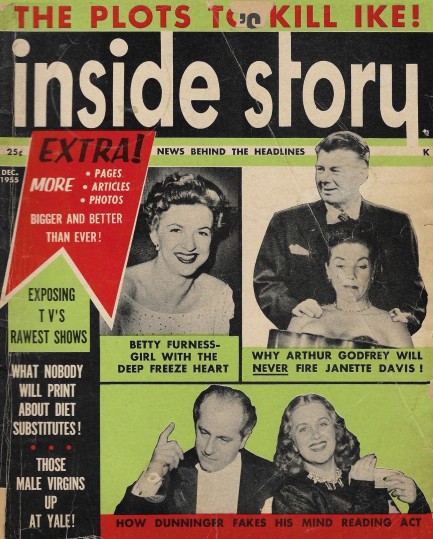
Above is a cover of the U.S. tabloid Inside Story published this month in 1955. There's a lot in this magazine, but since we keep our write-ups short we can't cover it all. One story of note concerns Betty Furness, an actress and pitchwoman whose squeaky clean image Inside Story claims is false. This is a typical angle by mid-century tabloids, the idea that a cinema or television sweetheart was really a hussy, lush, ballbreaker, or cold fish. Furness receives slander number four, with editors claiming she has “ice bound emotions,” “a cold, cold heart,” and is, “tough and tightfisted.” It's interesting that sixty years later resistance to a woman being anything other than a nurturer really hasn't diminished all that much, as many women with high public profiles would confirm.
Another story concerns the death of actress Virginia Rappe and the subsequent arrest of Fatty Arbuckle. In short, Rappe died after attending a party thrown by Arbuckle, with the cause of death attributed to either alcohol induced illness or rape and sodomy with a Coke bottle. Arbuckle went to trial three times before winning a final acquittal, though certain details of the death remained murky. The case was muddied by the influence of sensationalistic journalism, as publishing mogul William Randolph Hearst's nationwide chain of newspapers deemed sales more important than truth. The Coke bottle, for example, was entirely fabricated, but Hearst was unrepentant. He'd fit into the modern media landscape perfectly today, because for him money and influence justified everything.
And speaking of money, a final story that caught our eye was the exposé on the record business, namely the practice of buying spins on radio. The term for this—“payola”—was coined in 1916 but not widely known until the ’50s. Inside Story helps spread the terminology with a piece about pay-for-play on national radio stations. Like the previous two stories, this one feels familiar, particularly the idea that the best music rarely makes it onto the airwaves. Those who engaged in payola understood that people generally consumed whatever was put in front of them, therefore what was the point of worrying about quality or innovation? This remains a complaint about entertainment media today, but repetition still rules. To paraphrase the famed colloquialism: If you ain't going broke, don't fix it. We have thirty-plus scans below. 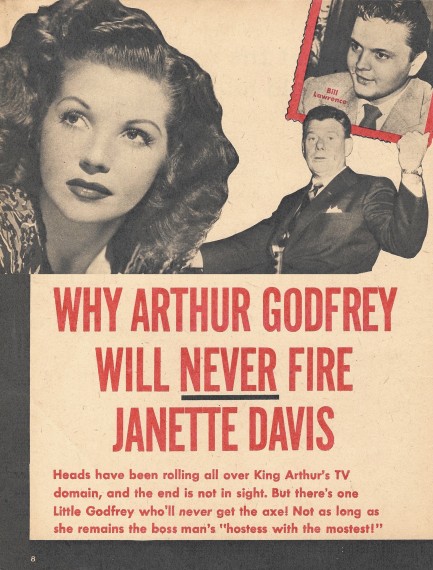 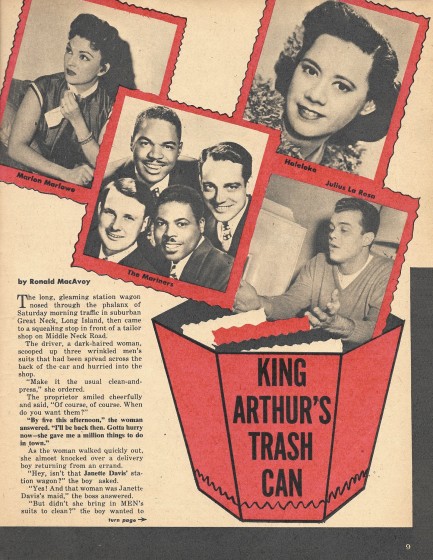 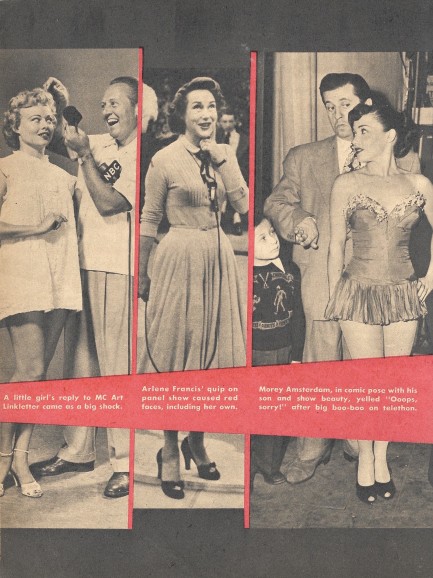 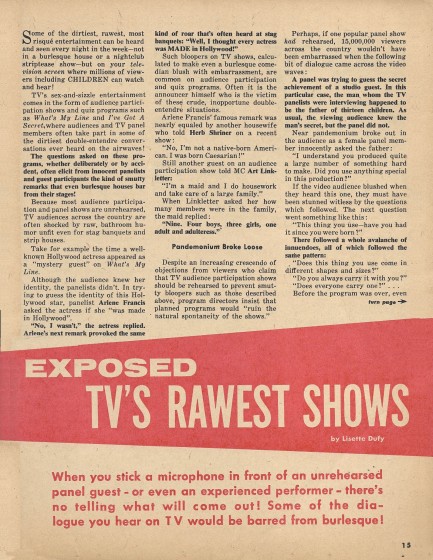  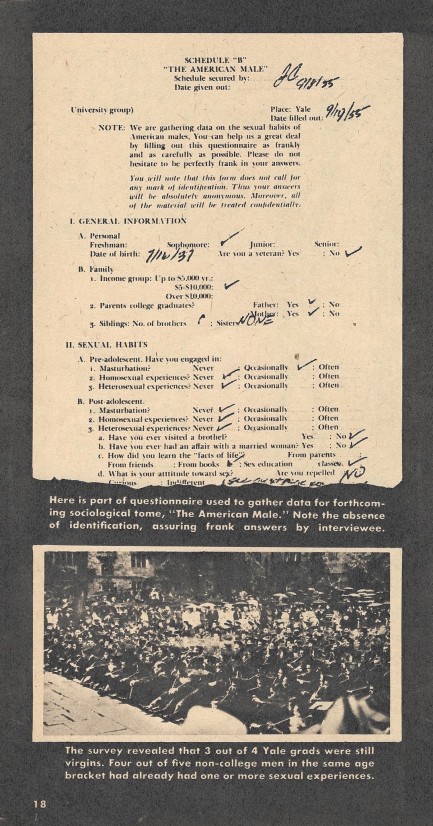 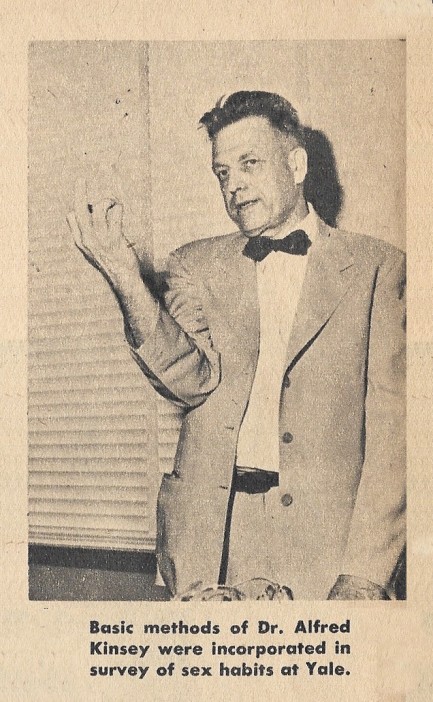 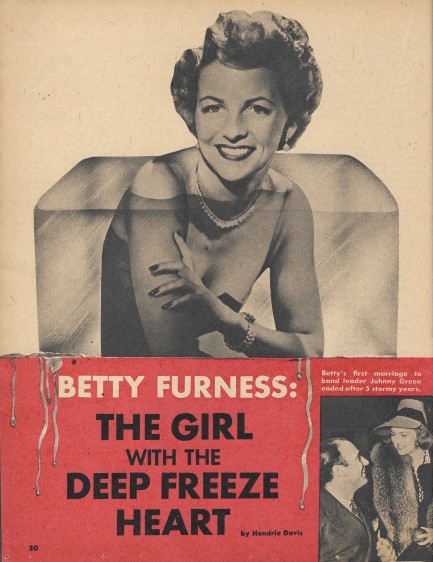 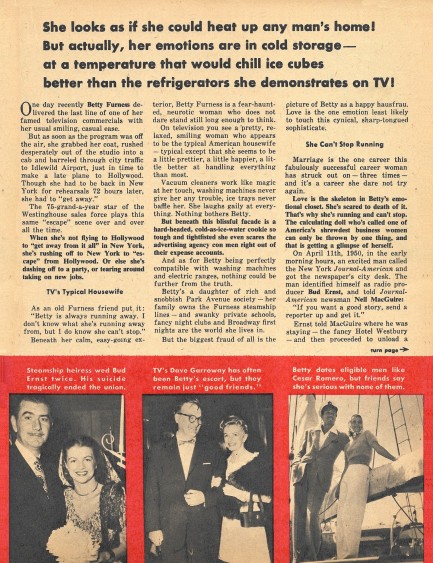 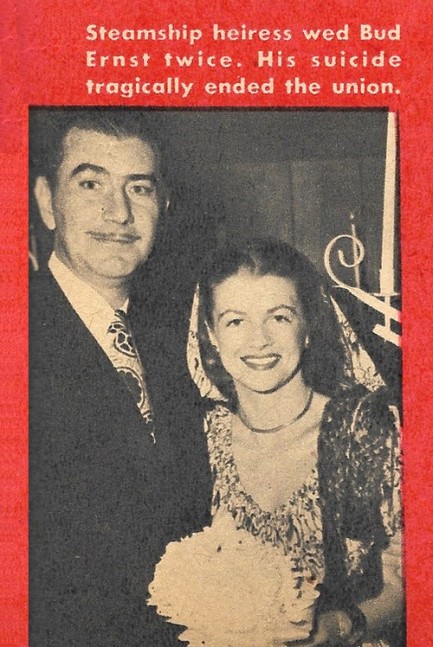 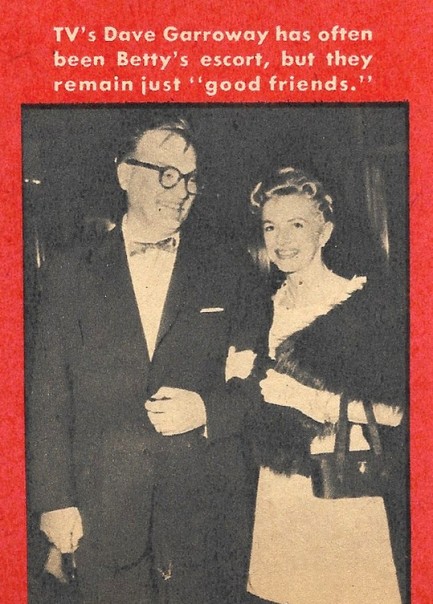 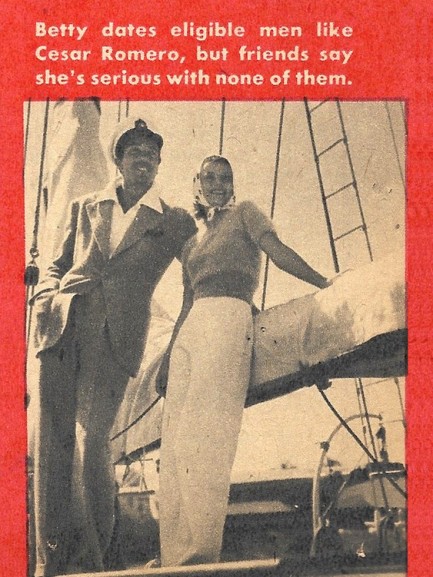 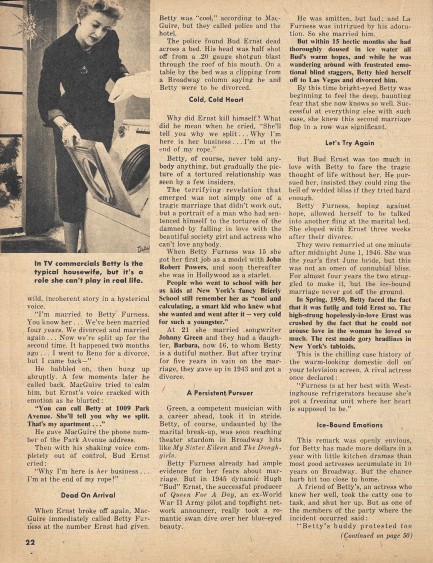 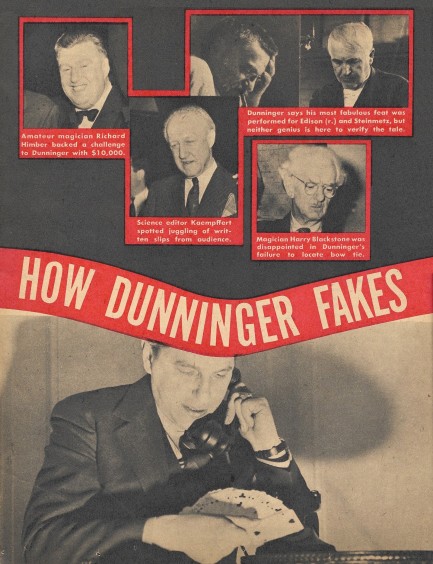 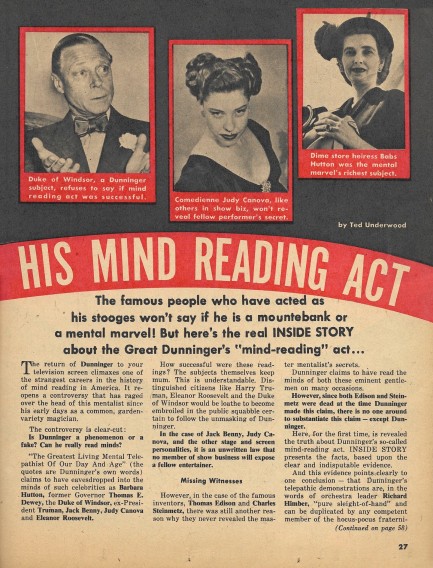 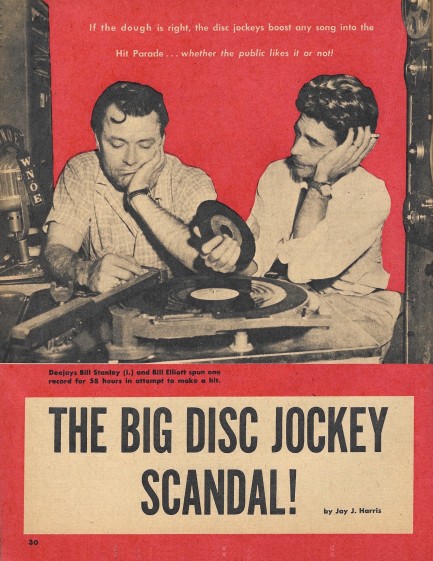 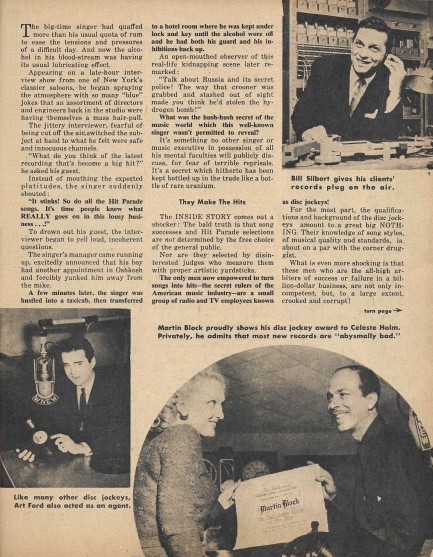 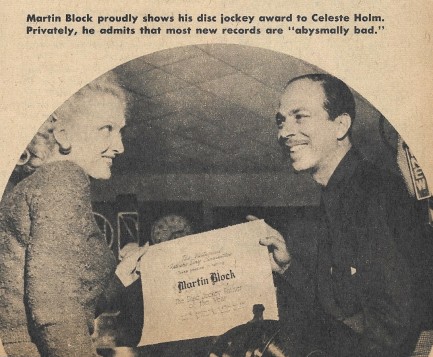 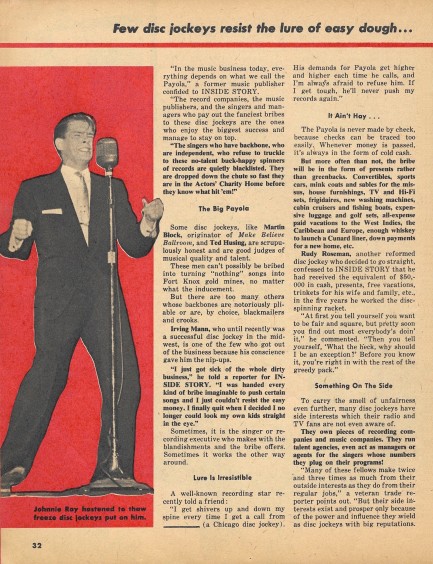 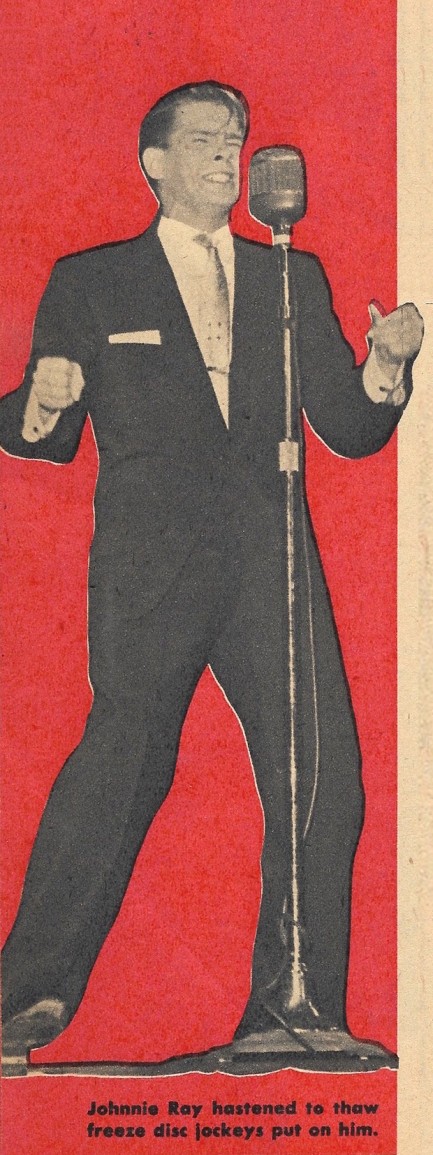 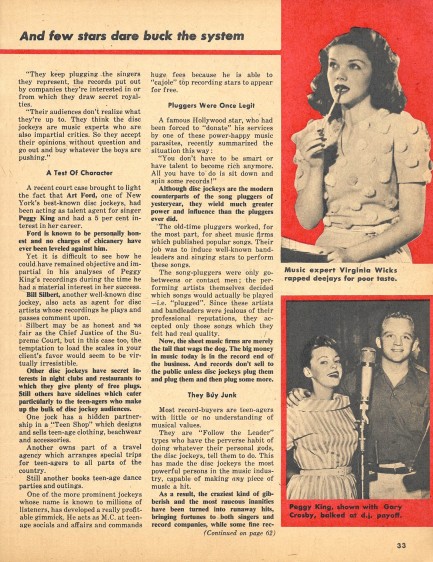 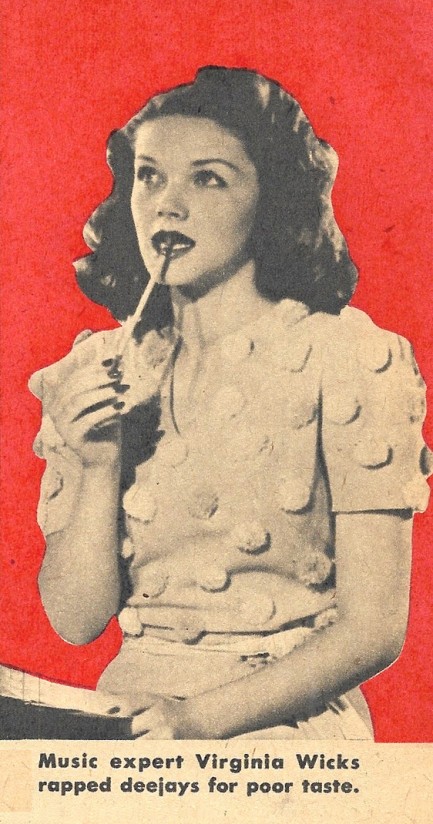 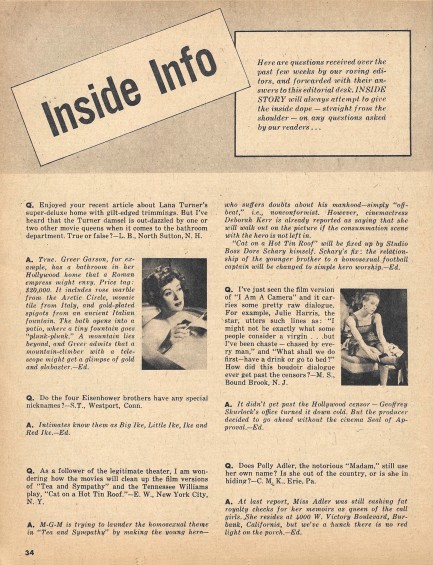 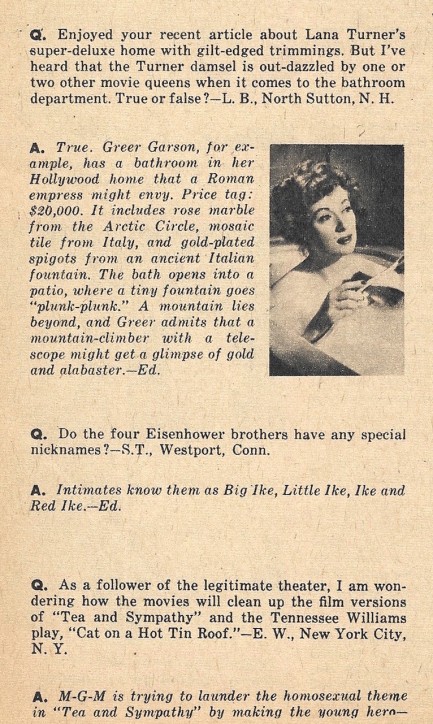 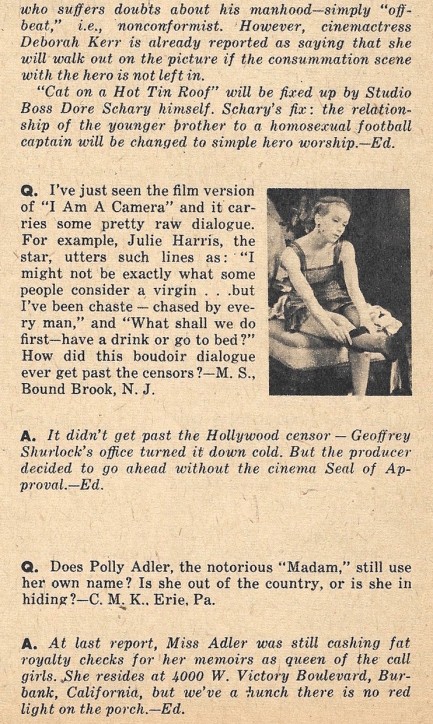 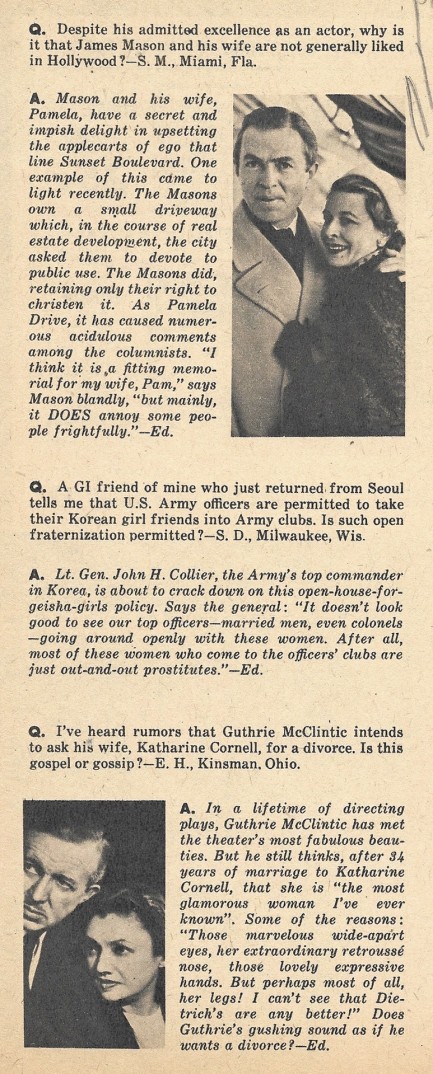 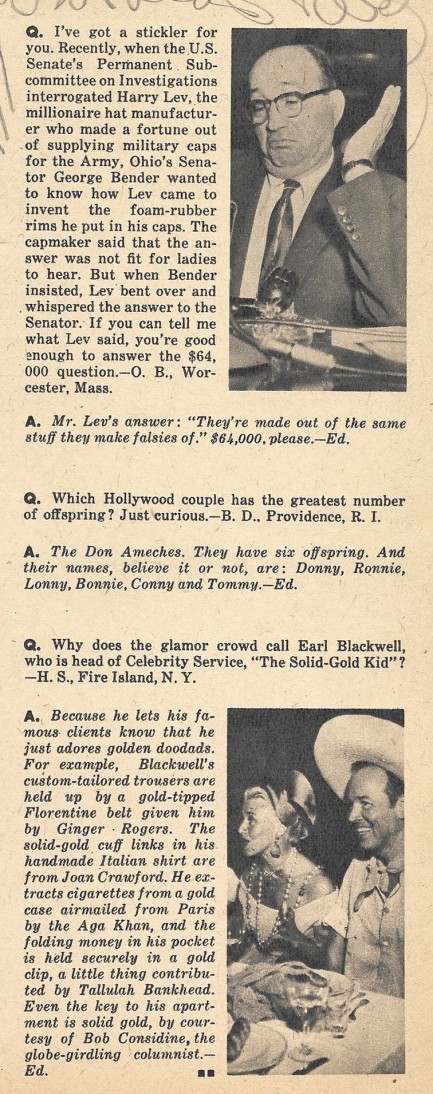 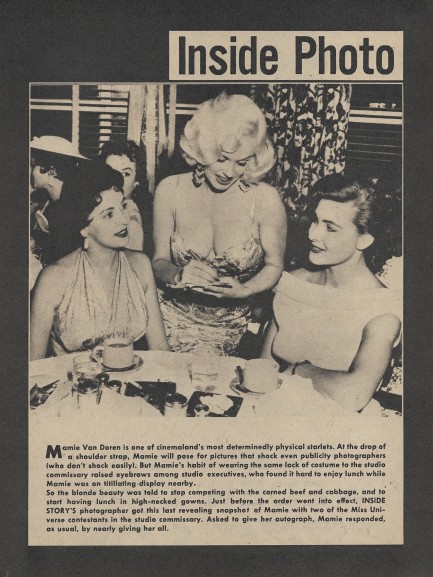 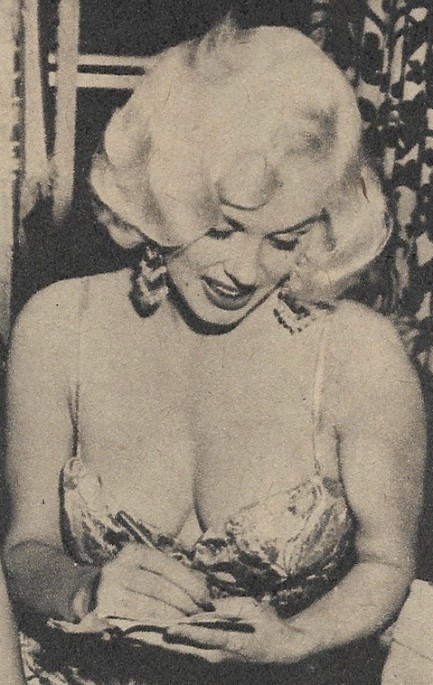 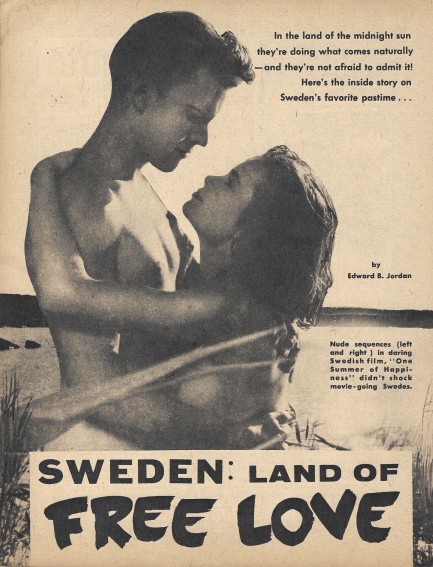 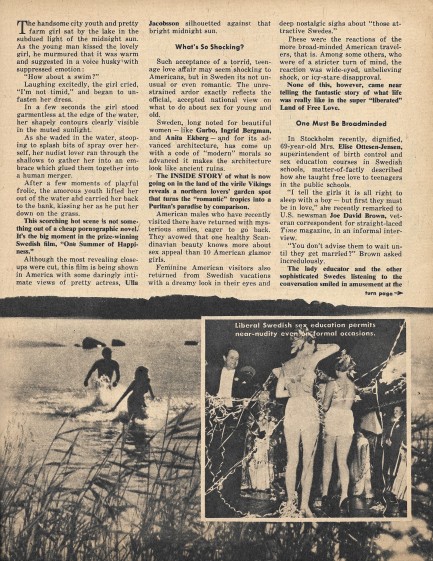 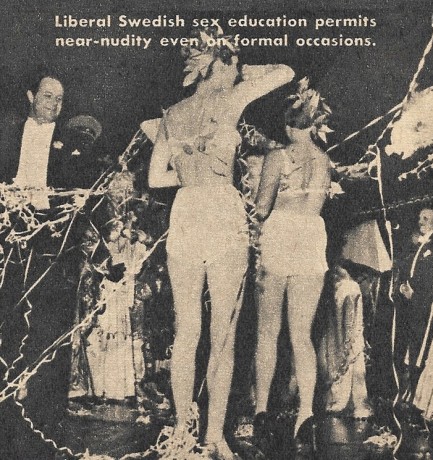 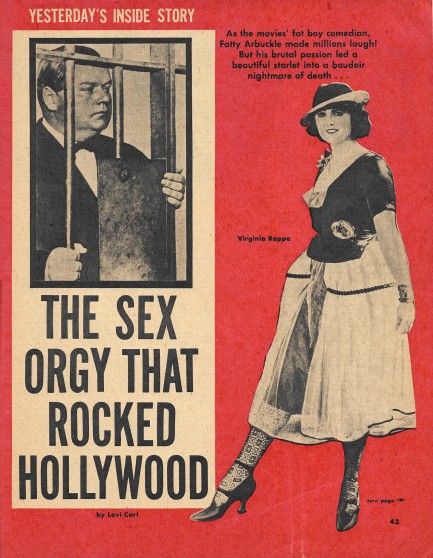 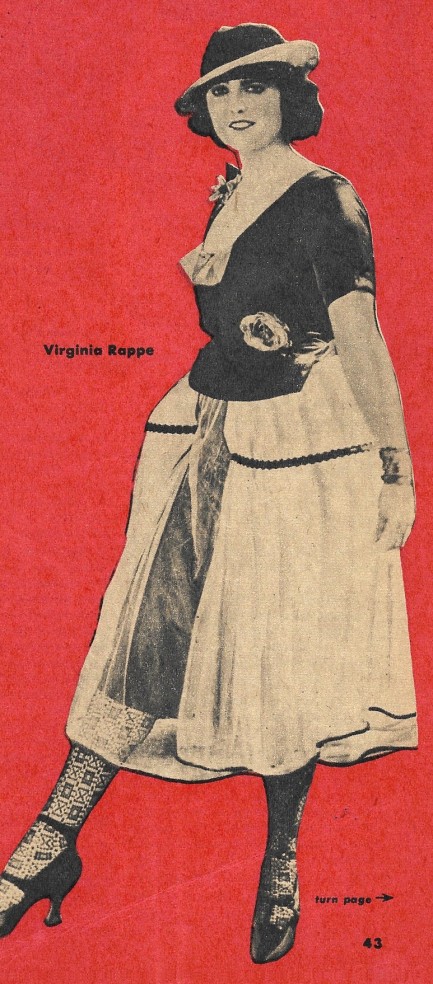 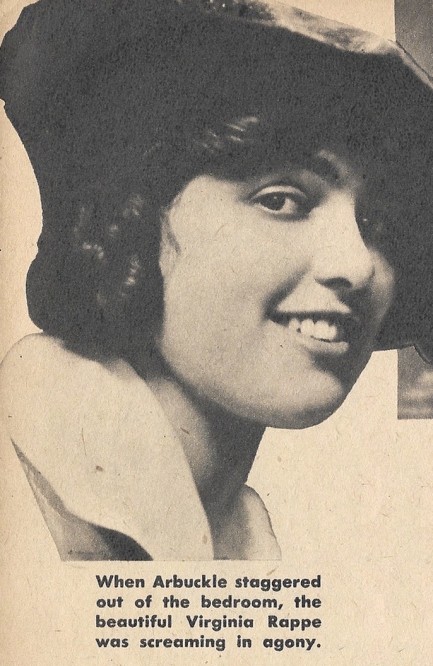 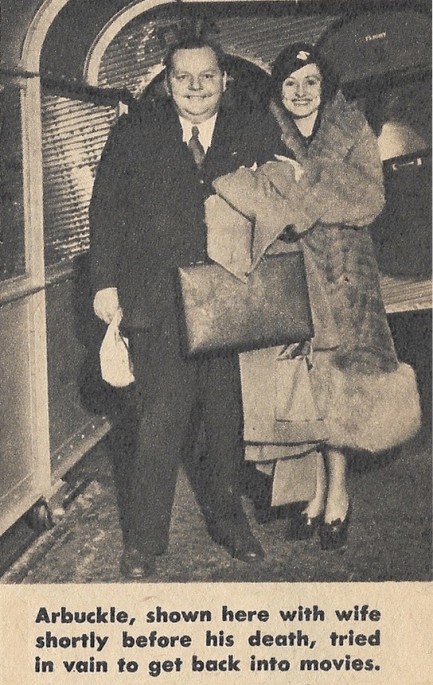
 Parolee skips the halfway house and goes straight to the all-the-way house. 
Yes, we're doubling up on the ’70s sexploitation today because we have this nice poster for a movie that premiered in Japan today in 1972—Blue Movie, aka Das Porno-Haus von Amsterdam, aka Blue Movie Session in Amsterdam. Dutch produced and initially released in Germany as Das nackte Gesicht der Pornographie during the summer of 1971, it starred Hugo Metsers in a tale that mirrors the above-mentioned Vanessa. Instead of a sex starved woman released from a nunnery, this one features a sex starved man released from prison. He moves into an apartment building and gets to know the resident women intimately, a process helped by the fact that they're all desperately horny. We're talking about Cary Tefsen, Ursula Blauth, and the lovely Ine Veen, so this is a pretty sweet deal for a new parolee. Eventually he goes from single sexual encounters to arranging orgiastic parties, complete with interpretive dance performances. When the film hit Holland in the fall of ’71 viewers were shocked by its subject matter and frankness, but it was a huge hit and it's still remembered as a groundbreaker today. It's also a bit of a bore. Director/co-writer Wim Verstappen had serious intentions, and those show in the social commentary and abundance of dialogue he's loaded into the movie. We'll say this, though—the Dutch don't do sexploitation one-way, which means there are plenty of swinging dicks here, literally, along with chest hair and pork chop sideburns. We're fine with all that, but we're not fine with the movie being such a yawner. Pass.
 Spread-eagled Aslan art helped cure the guilt of buying pirated music. 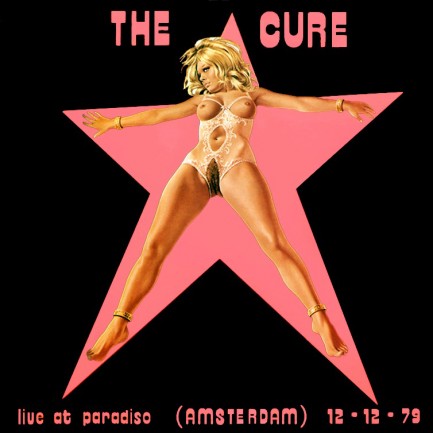
We said we were done with France for the moment, but we’re veering back there briefly today to show you this Cure album sleeve featuring art from the French painter Aslan. Live at Paradiso is a bootleg, same as the other Aslan-fronted Cure record we showed you back in January. The people who pressed this weren’t messing around, either—they opted for one of the artist’s more explicit paintings. No complaints here, but we bet Aslan was a bit annoyed when he saw his work appropriated yet again. It wouldn’t be the last time. We’ll get to more bootleg sleeves a bit later.
 We suspect she’s about to reveal what she’s hiding. 
This provocative shot features German adult actress Brigitte Maier from the Dutch magazine Chick, sometimes referred to as Chick Amsterdam. Back in October we featured a poster, which you can have a look at here, from Maier’s famous 1975 X-rated hit Sensations. This image was made the previous year.
 Her photo is in the dictionary under "unforgettable." Seriously. We just checked. 
Dutch actress Sylvia Kristel was without a doubt one of the most divine women to ever appear on a movie screen. She gained fame with her starring role in 1974’s erotic classic Emmanuelle, which ran in one French cinema for thirteen uninterrupted years. Kristel has had health problems, including a bout with throat cancer. Today she’s fighting for her life in an Amsterdam hospital after a stroke in late June and the revelation that she had developed liver cancer. Only time will tell if she’ll recover, but the above photo, which came from the same session as these, shows her timeless beauty.
 A little Amsterdam goes a long way. 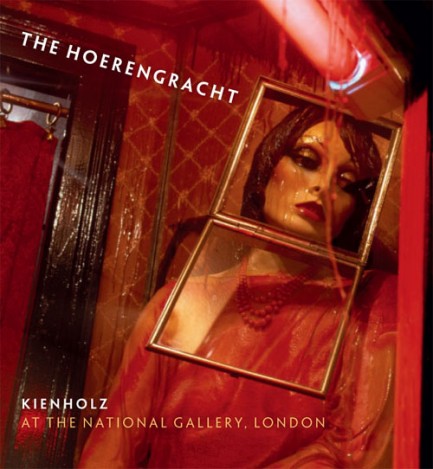 The National Gallery in London has just opened a new art exhibit based on one of our favorite cities—Amsterdam. The exhibit is stirring up quite a controversy because of its explicit content, which critics describe as tasteless and “designed to shock.” The artists responsible, Ed and Nancy Kienholz, created partial versions of some of Amsterdam’s famous brothels back in 1983. Their new installation, “The Hoerengracht,” or the Whore Canal, features these pieces arranged to replicate a realistic walk through Amsterdam’s famous De Wallen red light district, complete with mannequins dressed as prostitutes and garish neon lights. The National Gallery in London has just opened a new art exhibit based on one of our favorite cities—Amsterdam. The exhibit is stirring up quite a controversy because of its explicit content, which critics describe as tasteless and “designed to shock.” The artists responsible, Ed and Nancy Kienholz, created partial versions of some of Amsterdam’s famous brothels back in 1983. Their new installation, “The Hoerengracht,” or the Whore Canal, features these pieces arranged to replicate a realistic walk through Amsterdam’s famous De Wallen red light district, complete with mannequins dressed as prostitutes and garish neon lights.
These were among the final pieces worked on by Ed Kienholz, who died in 1994. By that time he had achieved widespread acclaim, but even so, this is perhaps the first time his and his wife’s work has been featured in a venue as conventional and respected as the National Gallery. It is the venue’s break from its traditional roots that has generated both criticism and publicity. Now that the exhibit is open, it’s the public’s turn to decide. “The Hoerengracht”—the closest thing to Amsterdam without going there—runs through February 2010.
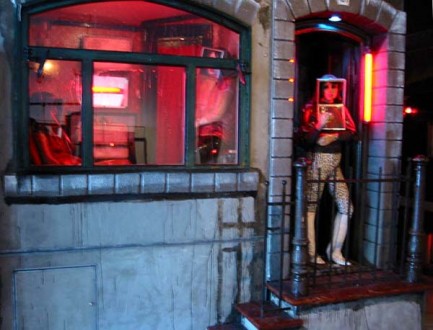 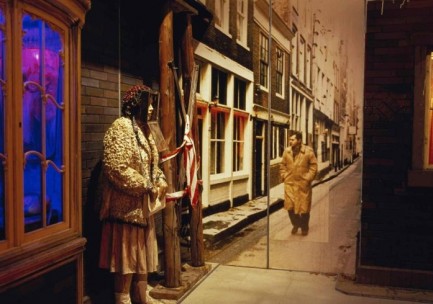 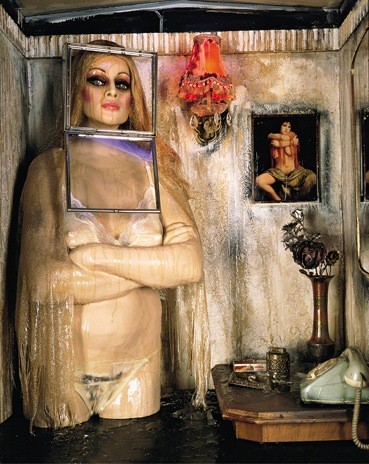

|
 |

The headlines that mattered yesteryear.
2003—Hope Dies
Film legend Bob Hope dies of pneumonia two months after celebrating his 100th birthday. 1945—Churchill Given the Sack
In spite of admiring Winston Churchill as a great wartime leader, Britons elect
Clement Attlee the nation's new prime minister in a sweeping victory for the Labour Party over the Conservatives. 1952—Evita Peron Dies
Eva Duarte de Peron, aka Evita, wife of the president of the Argentine Republic, dies from cancer at age 33. Evita had brought the working classes into a position of political power never witnessed before, but was hated by the nation's powerful military class. She is lain to rest in Milan, Italy in a secret grave under a nun's name, but is eventually returned to Argentina for reburial beside her husband in 1974. 1943—Mussolini Calls It Quits
Italian dictator Benito Mussolini steps down as head of the armed forces and the government. It soon becomes clear that Il Duce did not relinquish power voluntarily, but was forced to resign after former Fascist colleagues turned against him. He is later installed by Germany as leader of the Italian Social Republic in the north of the country, but is killed by partisans in 1945.
|

|
|

It's easy. We have an uploader that makes it a snap. Use it to submit your art, text, header, and subhead. Your post can be funny, serious, or anything in between, as long as it's vintage pulp. You'll get a byline and experience the fleeting pride of free authorship. We'll edit your post for typos, but the rest is up to you. Click here to give us your best shot.

|
|




 After writing about the first four Modesty Blaise novels over the last few years we figured it was time to talk about Twentieth Century Fox's cinematic pass at character. You see a brilliant poster for the movie adaptation above by Bob Peak, who seems to be reminding people that Robert McGinnis wasn't the only painter capable of working in this style. Two more versions of the poster appear below, and you can another example of his work here.
After writing about the first four Modesty Blaise novels over the last few years we figured it was time to talk about Twentieth Century Fox's cinematic pass at character. You see a brilliant poster for the movie adaptation above by Bob Peak, who seems to be reminding people that Robert McGinnis wasn't the only painter capable of working in this style. Two more versions of the poster appear below, and you can another example of his work here.











































































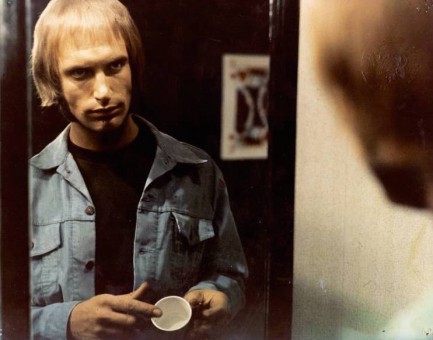


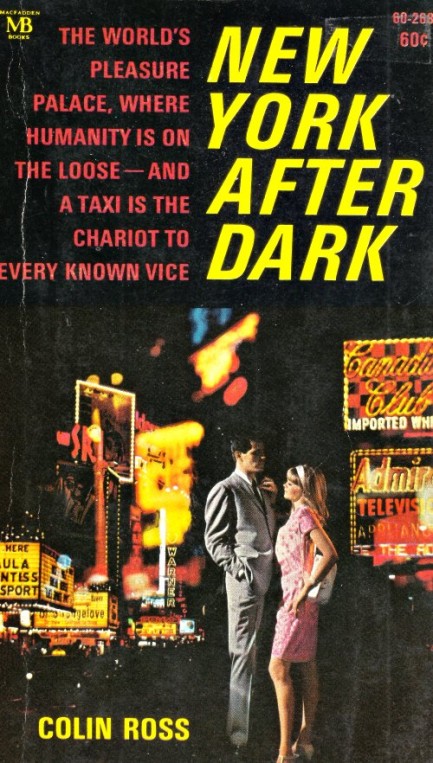
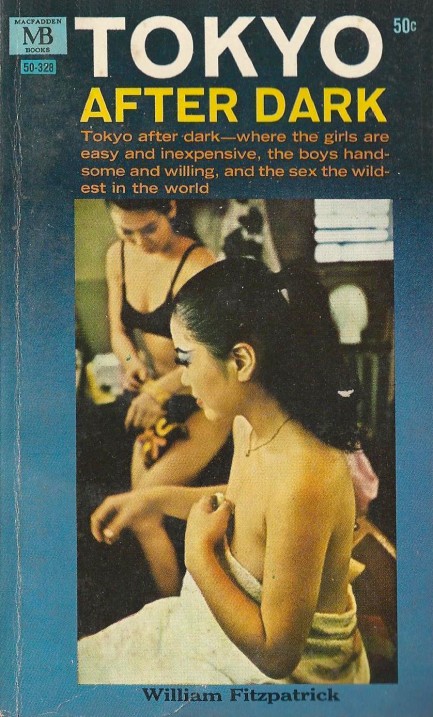
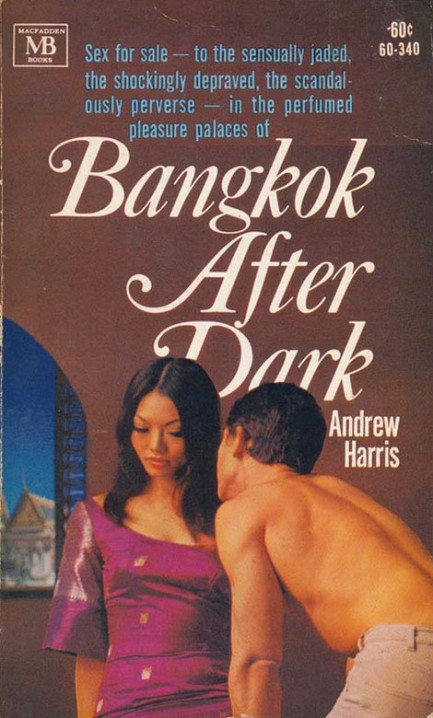
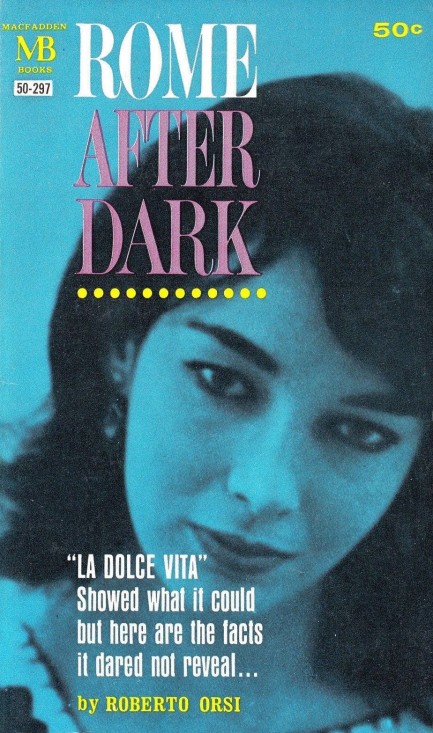
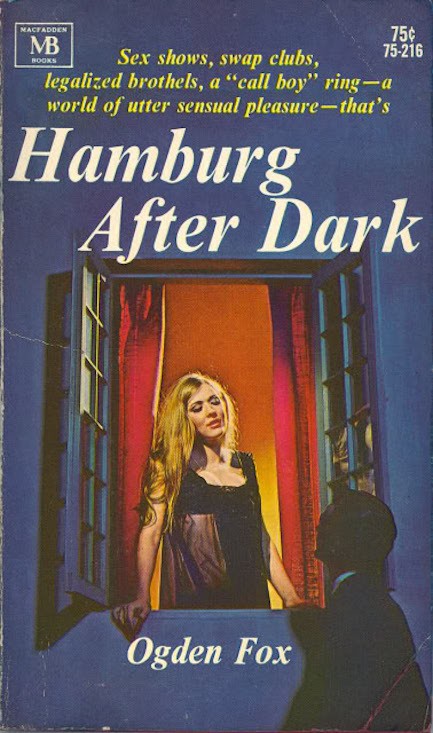
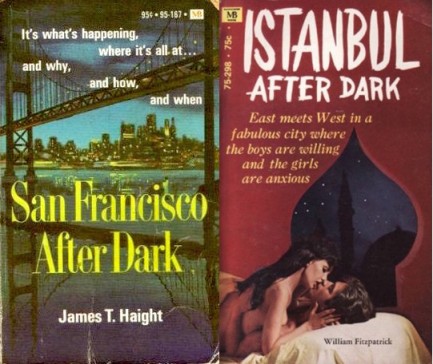
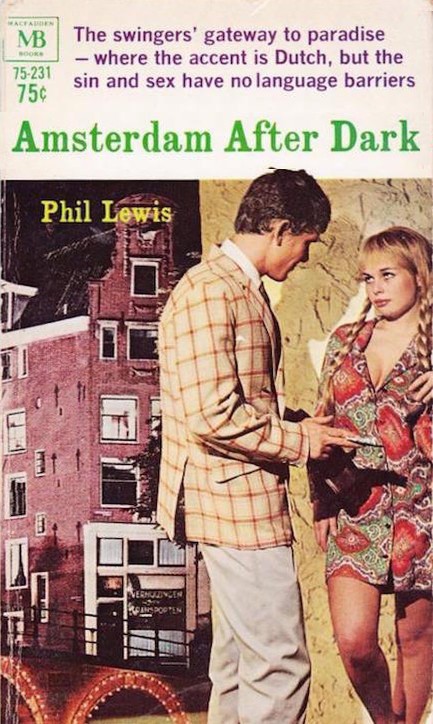
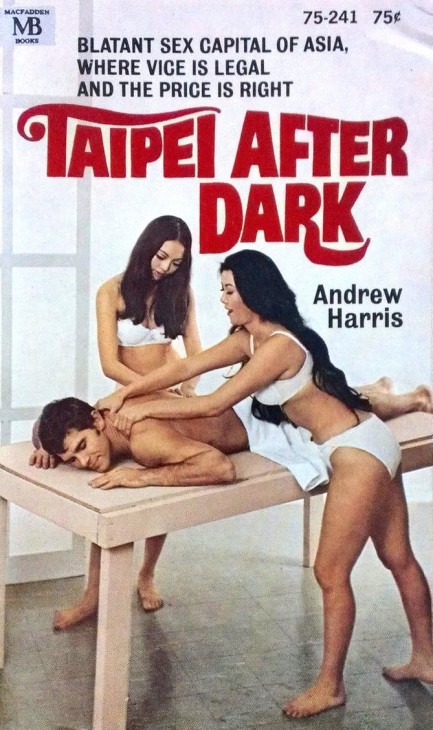
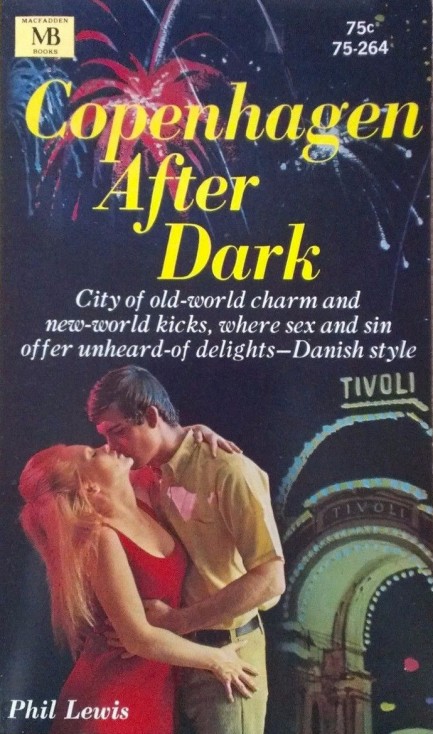
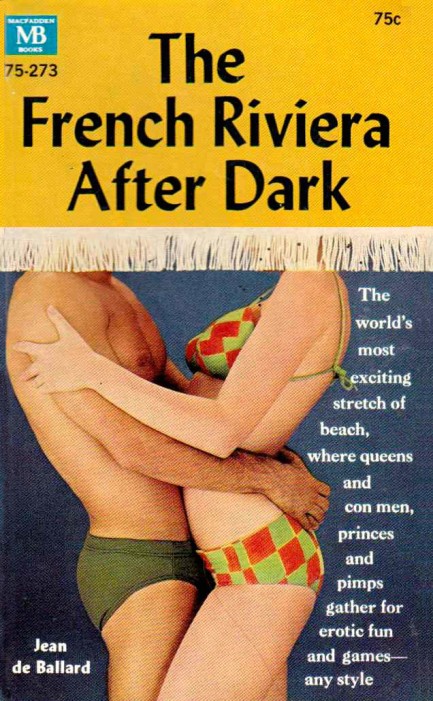
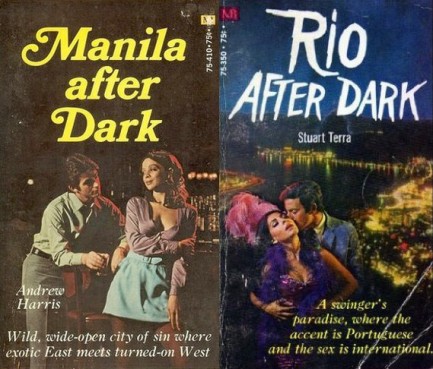
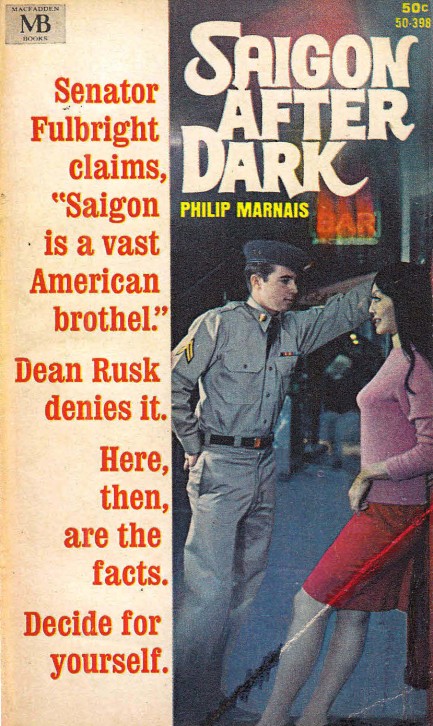
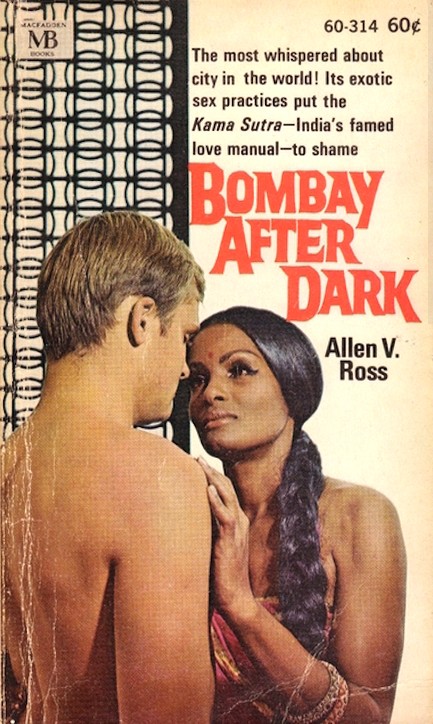
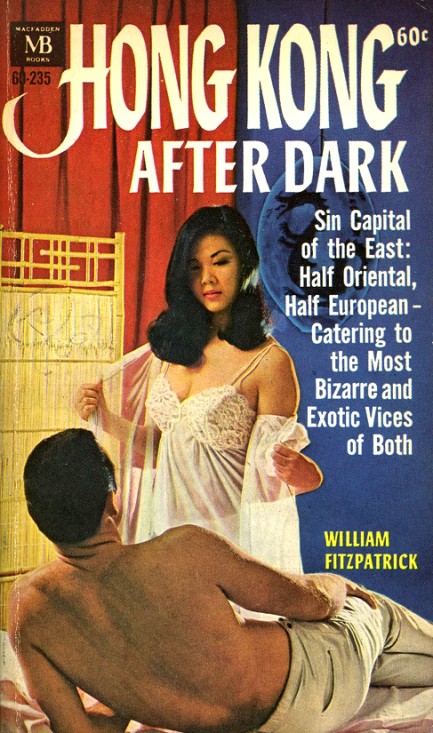
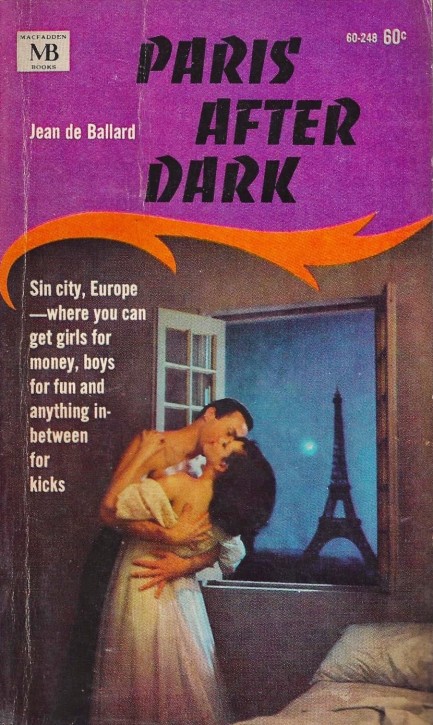
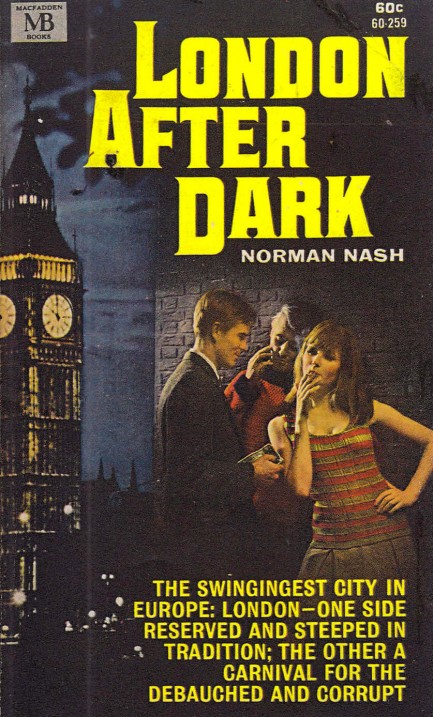







 The National Gallery in London has just opened a new art exhibit based on one of our favorite cities—Amsterdam. The exhibit is stirring up quite a controversy because of its explicit content, which critics describe as tasteless and “designed to shock.” The artists responsible, Ed and Nancy Kienholz, created partial versions of some of Amsterdam’s famous brothels back in 1983. Their new installation, “The Hoerengracht,” or the Whore Canal, features these pieces arranged to replicate a realistic walk through Amsterdam’s famous De Wallen red light district, complete with mannequins dressed as prostitutes and garish neon lights.
The National Gallery in London has just opened a new art exhibit based on one of our favorite cities—Amsterdam. The exhibit is stirring up quite a controversy because of its explicit content, which critics describe as tasteless and “designed to shock.” The artists responsible, Ed and Nancy Kienholz, created partial versions of some of Amsterdam’s famous brothels back in 1983. Their new installation, “The Hoerengracht,” or the Whore Canal, features these pieces arranged to replicate a realistic walk through Amsterdam’s famous De Wallen red light district, complete with mannequins dressed as prostitutes and garish neon lights.







































































